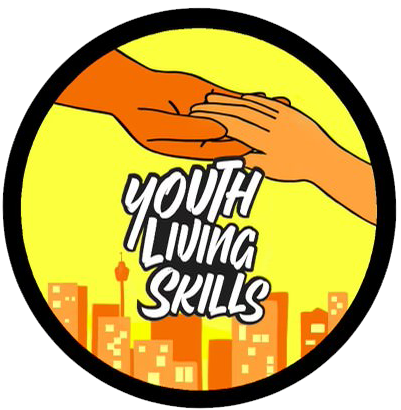The Occupational Therapy (OT) functional assessment
At its core, OT serves to increase a person’s independence to enable them to participate socially within their community and complete tasks and vocations in their life that is meaningful to them. When a person has a diagnosed medical condition or disability that impacts on their independence and functioning, they may be referred for an OT functional assessment. The purpose of the OT functional assessment is to determine the person’s current functioning (involving identifying areas of strengths and weaknesses) in all aspects of daily life and develop recommendations to alleviate identified difficulties so that the person is as independent as possible. Generally, following the functional assessment, therapy goals are developed that involve either enhancing the person’s skills in the areas where they are showing deficits, or amending their environment (e.g. with assistive equipment or other resources) to mitigate their difficulties. Therapy may also incorporate a combination of both approaches and usually involves the key supports for the person (e.g. parents or teachers).
Why would a person need an assessment?
As OT functional assessments aim to determine an individual’s level of functioning, it is often indicated for purposes such as:
– To get a general baseline about the person’s functioning in a wide variety of areas
– May help diagnostic clarification (but is not a diagnostic tool in itself)
– For accommodation placement purposes to determine the level of supports they may need
– To determine if the person needs specialized equipment or other assistive technologies and resources
– To guide future therapies and develop goals for the person
What does the OT functional assessment involve?
The assessment is usually completed at the person’s residence (or hospital setting, if applicable) and can be as comprehensive as required. The person’s age needs to be taken into account and medical condition(s); i.e. meal preparation skills of a young child would generally not be appropriate for assessment. The initial step for the OT is usually to gain a medical and social history of the person before conducting the assessment, to better understand the purpose and context of the assessment. This includes learning about the person’s medical background, communication skills, home environment, work or education situation, what they do for recreation/leisure and interests, as well as their sleep/rest habits.
Once this information has been collected, the assessment can usually proceed. At the very least, OT assessments usually involve evaluating the following basic skill areas:
– Mobility and transfers
– Showering
– Dressing, grooming and hygiene
– Toileting
– Feeding/eating
If appropriate to the person’s age and social situation, the assessment may also explore the person’s skills in the areas of:
– Home maintenance (e.g. completion of household chores, gardening)
– Money management and budgeting
– Meal preparation and cooking
– Medication management
– Telephone use
– Travel and transport
– Shopping
– Laundry/washing
What happens after the OT assessment is completed?
Once the OT has performed the face-to-face portion of the assessment, they will develop a report outlining what the assessment involved, the person’s general level of functioning and highlighting areas where the person is least/most dependent or independent. Depending on the initial aim of the assessment, the OT will also make recommendations about suitable accommodation (and the level and type of supports and supervision/assistance they need), current and future goals for therapy (for OT as well as for other disciplines), and any equipment or assistive technology they may need. Apart from the client, the report is also usually given to the referring party, which is often a doctor or other health professional

